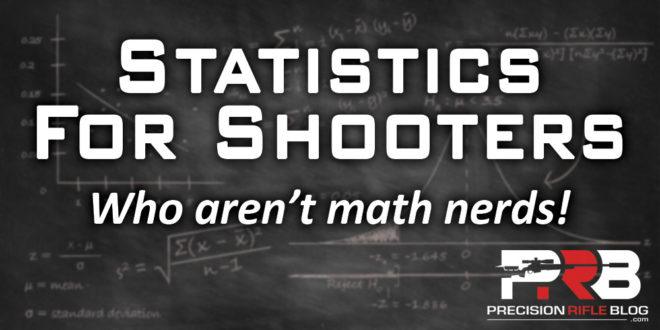Any thoughts about shooting 20-30 shots?
substantially better if you can afford it
 Help Support Long Range Hunting Forum
Help Support Long Range Hunting Forum
Any thoughts about shooting 20-30 shots?
Nothing really new here. Of course the more data points you have the more accurate your data. However, a lot of hunting rifles without heavier barrels will struggle to shoot 10 shot groups or even 5 shots sometimes. Also if your letting your barrel cool down so you can shoot that much that is a different test not related to hunting. I can count on my left hand with a few fingers left how many times I've had to shoot more than twice. Nothing wrong with 3 shot groups as long as you shoot enough of them to make sure the data is repeatable.
Well, aren't most of us shooting about 50-100 varying charge weight and seating depth?substantially better if you can afford it
Hornady as a company has known about this forever, the packaging and delivery to shooters is new. What used to be the subject of paper benchrest newsletters and magazines is now all the rage.
Seems like their MO, put a new veneer on something old and make a bajillion dollars selling it. And more power to them for it, I'd ride that horse if I could.
How are they using it then? I see lots of 5-10 shot load developments.I agree....Most of top tier Fclass shooters have known this for a long while. Typically when you have to shoot 20-30 shot strings you will figure stuff out.
How are they using it then? I see lots of 5-10 shot load developments.
Seems like Hornady is saying stop load development. Pick your components. Pick your parameters for charge and oal. Shoot until you group blows up or you get to 20 rounds. If too big of group, change a component until it meets your demands or change your barrel. Other than bullets, they don't sell the others stuff, so I'm not sure it is a get rich quick scheme!
Not at all. They said make statistically meaningful changes, and build a statistically meaningful population of data points. The guy with the moustache said he does powder charges in 1gn intervals because any smaller of an increment gets lost in the noise of variances in multiple other variables. If someone were to do a charge weight ladder in 0.1gn increments there would be so much noise that unless you shot 30+ shots of each increment there would be no way to quantify the change from each increment. So make big jumps to skip over the noise patterns.Seems like Hornady is saying stop load development.

Thats a great site with a lot of good info.Not at all. They said make statistically meaningful changes, and build a statistically meaningful population of data points. The guy with the moustache said he does powder charges in 1gn intervals because any smaller of an increment gets lost in the noise of variances in multiple other variables. If someone were to do a charge weight ladder in 0.1gn increments there would be so much noise that unless you shot 30+ shots of each increment there would be no way to quantify the change from each increment. So make big jumps to skip over the noise patterns.
This is a graphic from PRB re: seating depth testing, you can see how individual data point lines vary within a range, and in this case he used I think 10 shots per increment to show the actual vertical dispersion range versus the variance in individual data points. In this case it shows someone would be better off to do the bulk "Berger jumps" increments of 0.040" unless they wanted to commit to shooting a meaningful number of shots at each 0.005" increment. That's the balance - to prove the change caused by very fine adjustments takes very large samples. For larger, more coarse adjustments you can use smaller sample sizes because the shifts move more than the larger margin of error from the smaller sample size. The podcast actually mentioned that specifically - small samples do not PROVE anything, what they do is RULE OUT combinations. A very small 5 shot group doesn't confirm that a load is good, but a very bad 2 shot group will rule out a combination because it can't possibly do better than the bad result it already showed you. To prove something (aka show some kind of causal link) takes large sample sizes, so if you aren't going to collect large sample populations, then you have to make changes that are more than the margin of error.
View attachment 420699

How To Predict The Future – Statistics For Shooters Part 1
I actually believe the average shooter might get more value from this Statistics for Shooters serie...precisionrifleblog.com